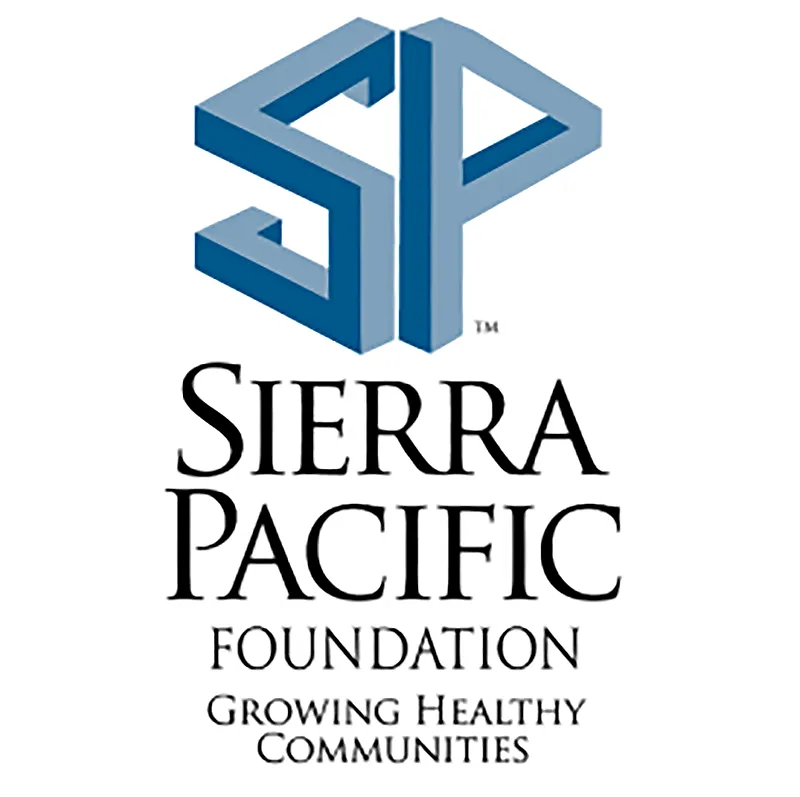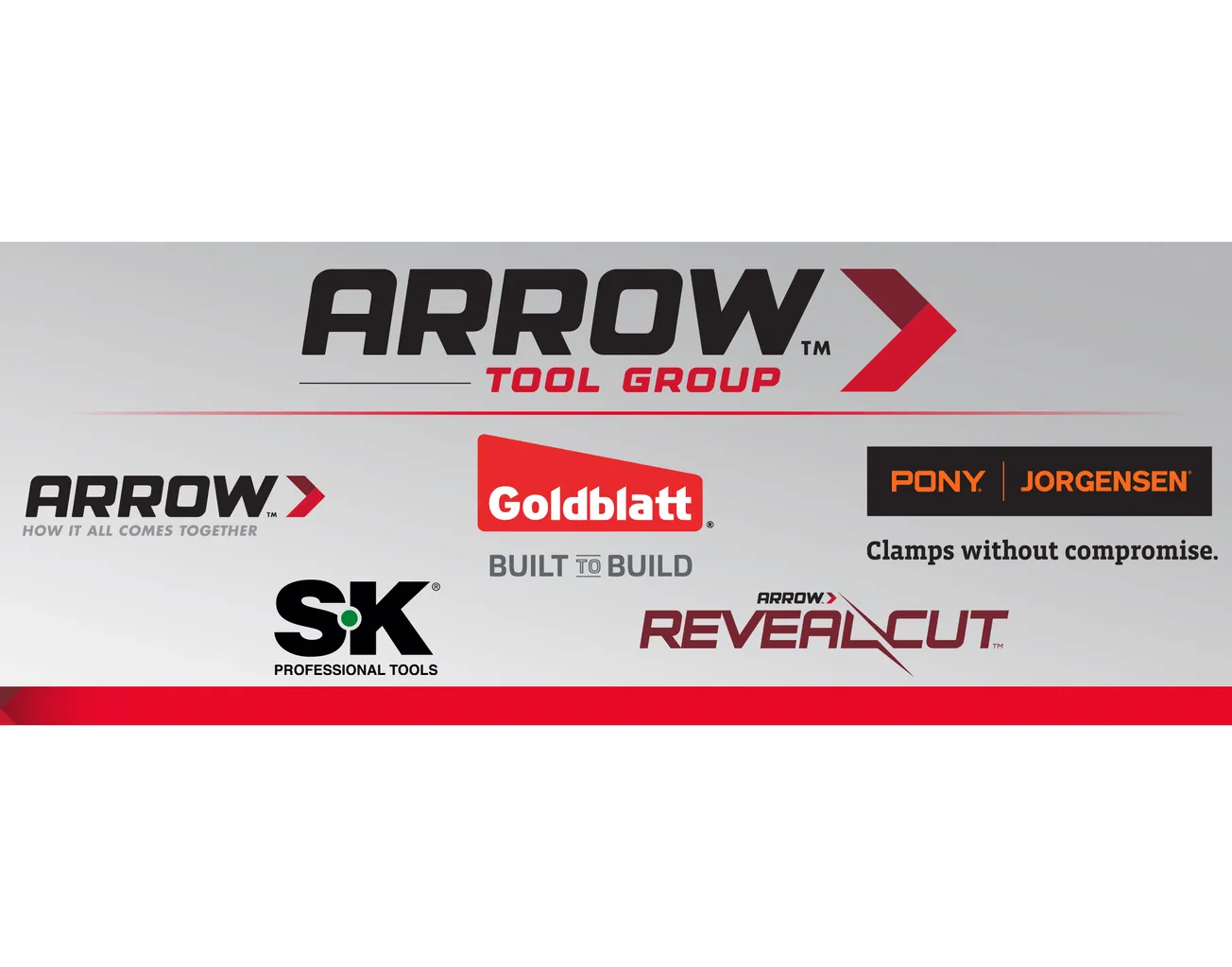Table of Contents
Five full-scale mass timber fire tests in a multi-story apartment building have been completed with promising results, according to the American Wood Council.
The International Code Council Ad-hoc Committee on Tall Wood Buildings provided the five fire scenarios that were tested in each of the two one-bedroom apartments constructed using mass timber. The test scenarios included various arrangements of exposed and unexposed cross-laminated timber (CLT) with open doors between living and sleeping areas. Additionally, automatic sprinkler systems effectiveness was evaluated.Test 1: A mass timber structure fully protected with gypsum wall board was subjected to a large furnishings and contents fire. The test was terminated after three hours without significant charring on the protected wood surfaces of the structure.Test 2: Approximately 30% of the CLT ceiling area in the living room and bedroom were left exposed. The test was terminated after four hours, providing additional time to determine if there would be any significant fire contribution from the exposed CLT. Notably, once the furnishings and contents had been consumed by the fire, the exposed CLT essentially self-extinguished due to the formation of char that protected the underlying wood.Test 3: Parallel CLT walls were left exposed, one in the living room and one in the bedroom. Similar to Test 2, once the apartment furnishings and contents had been consumed by the fire, during which a protective surface of char formed on the CLT, the mass timber surfaces essentially self-extinguished.Test 4 and 5: Examined the effects of sprinkler protection. For both tests, all mass timber surfaces in the living room and bedroom were left exposed. Test 4 demonstrated that under normal operating conditions, a single sprinkler easily contained the fire. For Test 5, the fire was allowed to grow in the compartment for 23 minutes before water was supplied to the sprinklers which quickly controlled the fire.“The results of these fire tests will continue to be studied and will help inform code change recommendations from the Ad-hoc Committee later this year,” said committee chair Stephen DiGiovanni. “These tests are an important part of the extensive research data the Committee has reviewed to validate the performance of tall wood buildings.”The tests were funded in partnership with the U.S. Forest Service’s Forest Products Laboratory, and the American Wood Council, and were conducted at the U.S. Bureau of Alcohol, Tobacco, Firearms & Explosives Fire Research Laboratory. A General Technical Report FPL-GTR-247 on the fire tests will be available from the Forest Products Laboratory in the near future.





